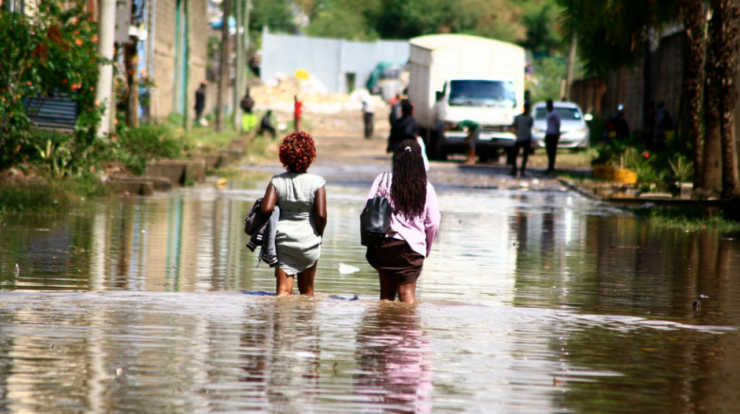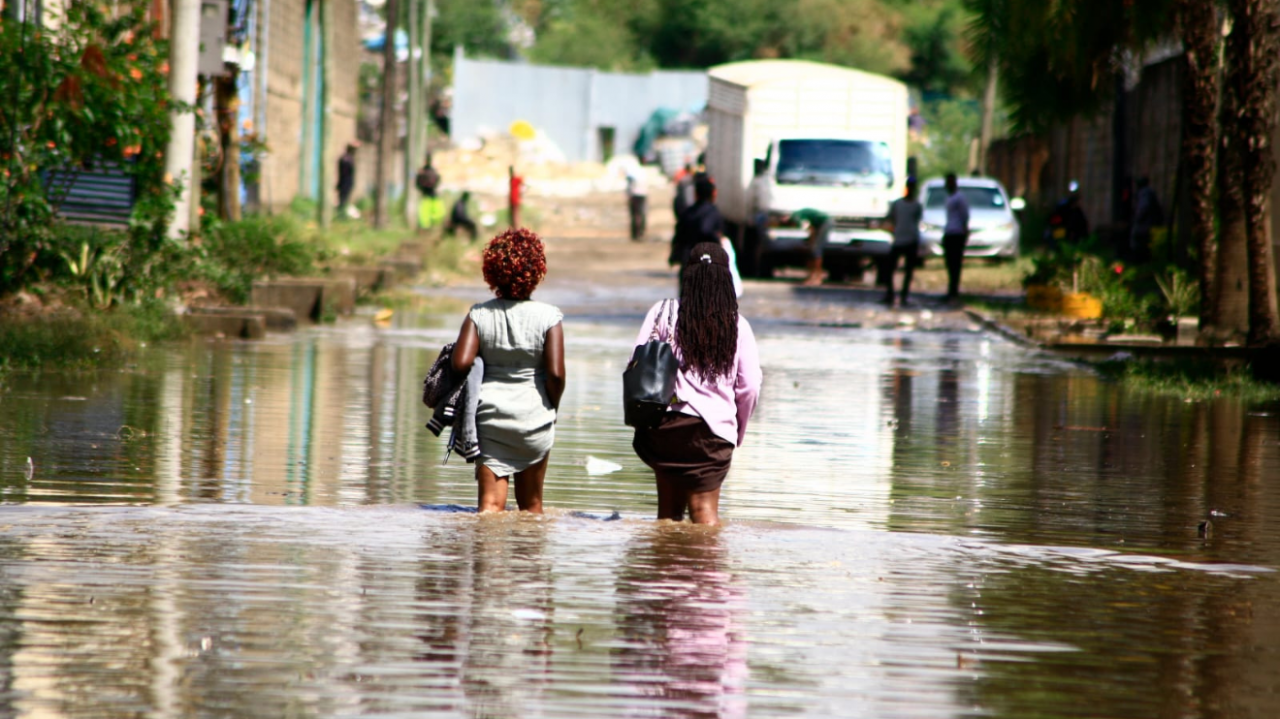
Kenya nairobi flooding – Nairobi, the bustling capital of Kenya, has been grappling with the devastating effects of flooding for years. From torrential downpours to inadequate infrastructure, the city’s residents have endured countless hardships due to this persistent issue. This article delves into the causes, consequences, and ongoing efforts to mitigate flooding in Nairobi, exploring the challenges and opportunities for building a more resilient city.
Flooding in Nairobi is a complex problem with a multitude of contributing factors. Heavy rainfall, poor drainage systems, and insufficient infrastructure have all played a role in the city’s vulnerability to flooding. As urban development and population growth continue to accelerate, the situation has only worsened, with flooding becoming more frequent and severe.
Nairobi Flooding Causes

Flooding in Nairobi is a persistent issue caused by a complex interplay of factors, including heavy rainfall, inadequate drainage systems, and unplanned urban development.
Nairobi receives an average of 1,000 mm of rainfall annually, with heavy downpours concentrated during the rainy seasons. The city’s drainage systems are often overwhelmed by the sheer volume of water, leading to flooding in low-lying areas.
Urbanization has also played a significant role in exacerbating flooding. Rapid population growth and the expansion of informal settlements have encroached on natural drainage channels and reduced the city’s green spaces, which absorb rainwater.
Impact of Flooding on Nairobi
Flooding in Nairobi has devastating consequences, both in the immediate and long term.
- Property damage: Floods destroy homes, businesses, and infrastructure, resulting in substantial economic losses.
- Displacement: Flooding forces residents to evacuate their homes, leading to temporary or permanent displacement.
- Health risks: Stagnant floodwaters provide breeding grounds for mosquitoes and other disease-carrying insects, increasing the risk of waterborne diseases.
- Disruption of essential services: Floods can disrupt electricity, water supply, and transportation systems, hindering daily life and economic activities.
Areas such as Kibera, Mathare, and Mukuru kwa Njenga are particularly vulnerable to flooding due to their low-lying location and poor drainage.
Government and NGO Responses to Flooding
The Kenyan government and non-governmental organizations (NGOs) have implemented various measures to address flooding in Nairobi.
- Flood control systems: The government has constructed dams and retention ponds to control floodwaters.
- Drainage improvements: NGOs have worked with local communities to improve drainage channels and remove blockages.
- Relocation programs: The government has relocated residents from high-risk areas to safer locations.
While these measures have provided some relief, further action is needed to mitigate flooding risks.
Community-Led Initiatives for Flood Mitigation, Kenya nairobi flooding
Local communities have played a crucial role in developing and implementing flood mitigation strategies.
- Tree planting: Communities have planted trees to absorb rainwater and reduce runoff.
- Waste management: Improved waste management practices have reduced blockages in drainage channels.
- Awareness campaigns: Community groups have raised awareness about the importance of flood preparedness and mitigation.
Scaling up these community-based approaches can significantly enhance flood resilience.
Future Planning for Flood Resilience
Long-term planning is essential for increasing Nairobi’s resilience to flooding.
- Land use planning: Regulating urban development and preserving natural drainage channels is crucial.
- Sustainable drainage systems: Implementing green infrastructure, such as rain gardens and permeable pavements, can reduce runoff.
- Climate adaptation measures: Investing in flood warning systems and resilient infrastructure is essential for adapting to climate change.
Partnerships between the government, NGOs, and the private sector are vital for securing funding and implementing flood resilience initiatives.
Ending Remarks
Addressing the issue of flooding in Nairobi requires a comprehensive and collaborative approach. The government, NGOs, and local communities must work together to implement effective flood control measures, improve drainage systems, and relocate vulnerable populations. Community-led initiatives have also proven to be valuable in raising awareness, promoting sustainable practices, and mitigating flood risks.
As Nairobi continues to grow and develop, it is imperative that long-term strategies are put in place to increase the city’s resilience to flooding. Improved land use planning, sustainable drainage systems, and climate adaptation measures are essential for safeguarding the city’s future.
By investing in these initiatives, Nairobi can emerge as a more resilient and sustainable city, better equipped to withstand the challenges posed by flooding.
Essential Questionnaire: Kenya Nairobi Flooding
What are the primary causes of flooding in Nairobi?
Heavy rainfall, poor drainage systems, and inadequate infrastructure are the main causes of flooding in Nairobi.
How has urban development contributed to flooding in Nairobi?
Urban development has increased the amount of impervious surfaces in Nairobi, reducing the ability of the ground to absorb rainwater and leading to increased runoff and flooding.
What are the consequences of flooding in Nairobi?
Flooding in Nairobi can cause damage to property and infrastructure, displacement of residents, health risks, and disruption of essential services.
What is the government doing to address flooding in Nairobi?
The Kenyan government has implemented various measures to address flooding in Nairobi, including flood control systems, drainage improvements, and relocation programs.
What role can local communities play in mitigating flooding in Nairobi?
Local communities can play a significant role in mitigating flooding in Nairobi by implementing flood mitigation strategies such as tree planting, waste management, and awareness campaigns.





